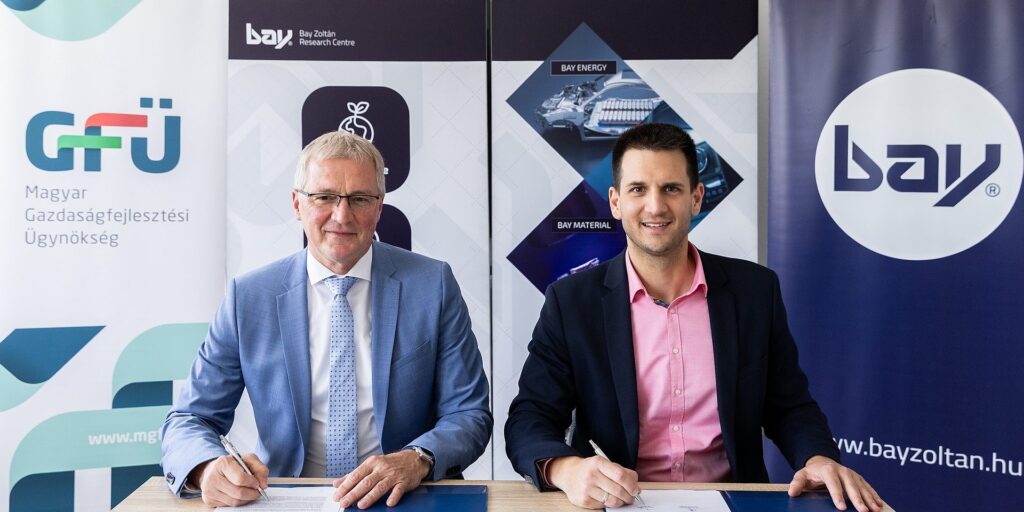Preparations for the Mako experiments
A Waste4Soil project in the framework of the Bay Zoltán Research Centre Data Analysis Group successfully completed the first drone data collection of the season. In the initial phase RGB and multispectral images recorded at centimetre spatial resolution, and we also made a high-resolution terrain model is. This basic geographic information tool plays a key role in the long-term monitoring and analysis of experimental plots.
Status of the pilot site
Currently the Makó pilot area green manure plant mix which is covered with olive radish, melioration radish and purple radish . These plants contribute to soil regeneration, improve soil structure and fertility, and help prevent soil erosion. They also ensure an adequate supply of nutrients for the crops sown later.
 |
A terrain model showing the topographic differences of the Makó experimental area (January 2025) |
In April on the experimental plots sunflower and begin the next phase of research, which will focus on the testing the effectiveness of innovative, bio-based plant conditioning products. These advanced products are being developed Biotechnology Division of the Zoltán Bay Research Centre and its research partners, specifically developed to support plant development and increase their resistance to environmental stresses.
Research methods and objectives
The experiments 60 small plots where the different types of the performance of microbiological products and the impact on soil and plants we analyse. During data collection:
- high resolution drone footage ,
- detailed soil and plant analyses .
By combining advanced measurement technologies, we will gain deeper insights into the effectiveness of bio-based products and assess their sustainable agricultural applicability.
Green manure plant mix in the Mako experimental area (January 2025)




